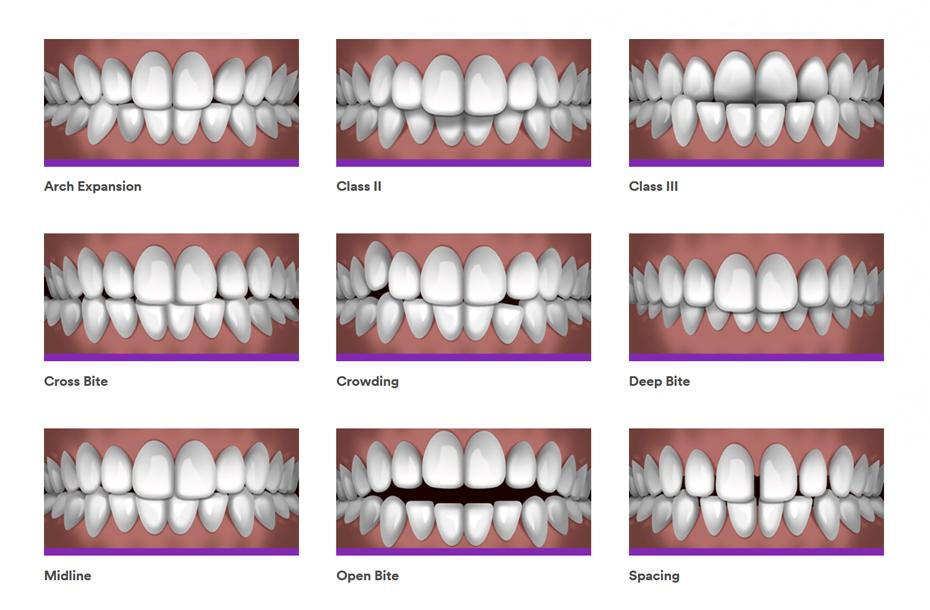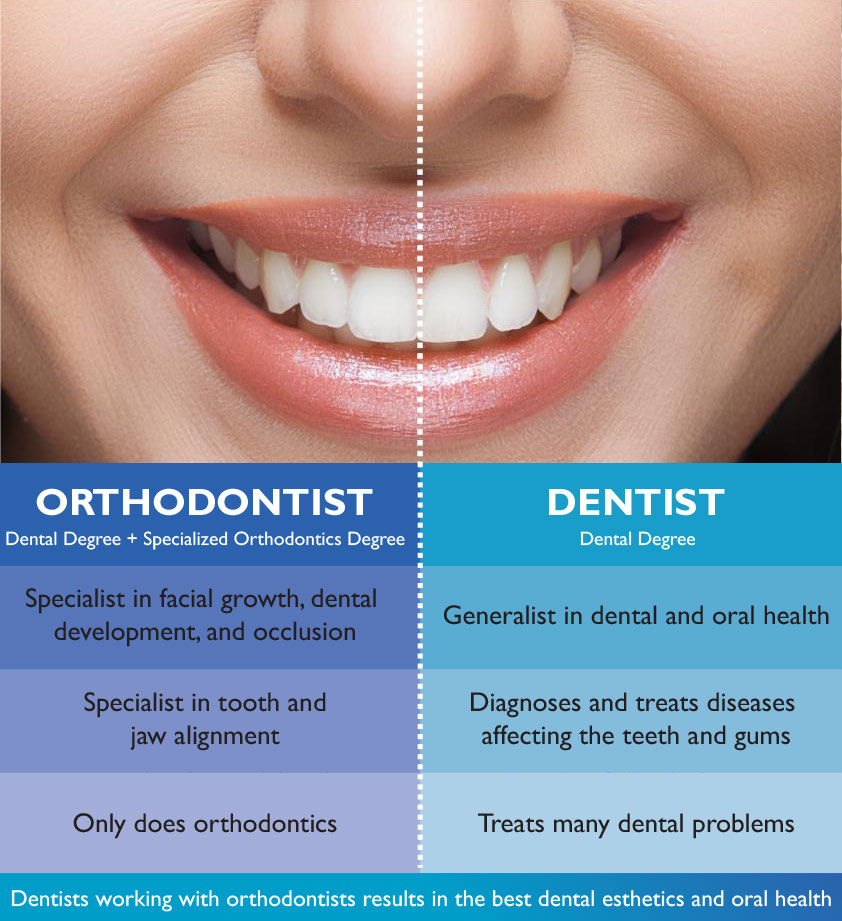The Main Principles Of Causey Orthodontics
Table of ContentsWhat Does Causey Orthodontics Mean?Little Known Questions About Causey Orthodontics.The 3-Minute Rule for Causey OrthodonticsThings about Causey OrthodonticsCausey Orthodontics Fundamentals Explained
Neglecting occlusal partnerships, it was normal to eliminate teeth for a variety of dental concerns, such as malalignment or congestion. The idea of an undamaged teeth was not extensively valued in those days, making bite connections appear irrelevant. In the late 1800s, the idea of occlusion was necessary for producing reliable prosthetic replacement teeth.As these concepts of prosthetic occlusion progressed, it became a vital tool for dentistry. It was in 1890 that the job and impact of Dr. Edwards H. Angle began to be felt, with his payment to contemporary orthodontics specifically notable. Initially concentrated on prosthodontics, he showed in Pennsylvania and Minnesota before guiding his interest in the direction of dental occlusion and the therapies needed to preserve it as a regular condition, therefore coming to be recognized as the "dad of modern-day orthodontics".

The principle of optimal occlusion, as postulated by Angle and included into a category system, made it possible for a change towards treating malocclusion, which is any type of variance from regular occlusion. Having a full collection of teeth on both arcs was extremely searched for in orthodontic therapy as a result of the need for exact partnerships in between them.
Causey Orthodontics Can Be Fun For Anyone
As occlusion ended up being the key priority, face proportions and looks were ignored - affordable orthodontist near me. To attain ideal occlusals without utilizing exterior forces, Angle proposed that having perfect occlusion was the most effective means to get maximum face appearances. With the death of time, it ended up being fairly obvious that also an exceptional occlusion was not ideal when thought about from a visual perspective
Charles Tweed in America and Raymond Begg in Australia (who both researched under Angle) re-introduced dental care removal into orthodontics throughout the 1940s and 1950s so they could improve facial esthetics while likewise ensuring far better security concerning occlusal relationships. In the postwar period, cephalometric radiography started to be made use of by orthodontists for measuring modifications in tooth and jaw setting caused by development and therapy. It came to be noticeable that orthodontic treatment could readjust mandibular growth, resulting in the formation of practical jaw orthopedics in Europe and extraoral force steps in the US. Nowadays, both practical home appliances and extraoral tools are applied around the world with the goal of changing growth patterns and forms. Seeking true, or at the very least improved, jaw connections had become the main purpose of treatment by the mid-20th century.
Getting My Causey Orthodontics To Work
 The American Journal of Orthodontics was produced for this purpose in 1915; prior to it, there were no clinical purposes to comply with, neither any type of exact category system and brackets that did not have attributes. Up until the mid-1970s, dental braces were made by covering steel around each tooth. With developments in adhesives, it became possible to rather bond steel brackets to the teeth.
The American Journal of Orthodontics was produced for this purpose in 1915; prior to it, there were no clinical purposes to comply with, neither any type of exact category system and brackets that did not have attributes. Up until the mid-1970s, dental braces were made by covering steel around each tooth. With developments in adhesives, it became possible to rather bond steel brackets to the teeth.Andrews gave an informative meaning of the optimal occlusion in permanent teeth. This has actually had meaningful results on orthodontic therapies that are provided frequently, and these are: 1. Appropriate interarchal relationships 2. Proper crown angulation (tip) 3. Right crown disposition (torque) 4. No rotations 5. Tight get in touch with points 6. Apartment Curve of Spee (0.02.5 mm), and based on these principles, he discovered a treatment system called the straight-wire device system, or the pre-adjusted edgewise system.
The benefit of the layout depends on its brace and archwire combination, which needs just marginal cable flexing from the orthodontist or clinician (orthodontist expert). It's aptly called hereafter attribute: the angle of the port and thickness of the bracket base inevitably establish where each tooth is positioned with little requirement for additional control
Causey Orthodontics Fundamentals Explained
Both of these systems utilized the same brackets for each and every tooth and required the flexing of an archwire in 3 aircrafts for situating teeth in their desired positions, with these bends dictating ultimate placements. When it pertains to orthodontic appliances, they are divided into 2 types: detachable and dealt with. Removable home appliances can be handled and off by the person as called for.

Thus, mostly all modern fixed devices can be considered variations on this edgewise home appliance system. Early 20th-century orthodontist Edward Angle made a significant payment to the world of dentistry. He developed 4 distinctive appliance systems that have actually been used as the basis for several orthodontic therapies today, preventing a couple of exceptions.
All about Causey Orthodontics

The wire ended in a thread, and to relocate it ahead, an adjustable nut was made use of, which permitted an increase in area. By ligation, each specific tooth was affixed to this large archwire (cheapest orthodontist near me). Due to its minimal variety of motion, Angle was unable to achieve accurate tooth positioning with an E-arch
These tubes held a firm pin, which can be repositioned at each consultation in order to move them in position. Dubbed the "bone-growing home appliance", this device was thought to urge much healthier bone growth because of its potential for moving force directly to the origins. Nonetheless, executing it verified bothersome in truth.